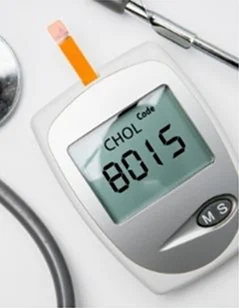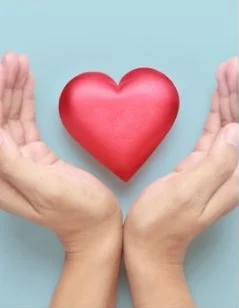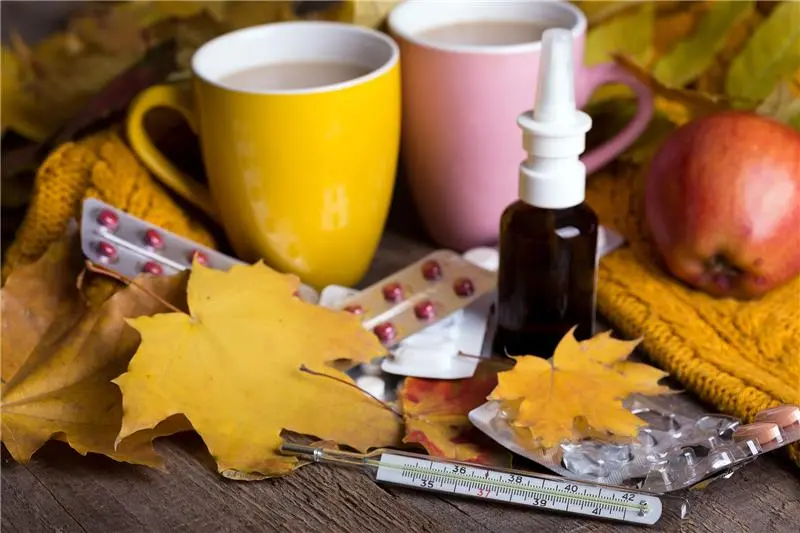A stroke, also referred to as a Brain Attack, is a condition in which blood flow to the brain is disrupted, resulting in brain cell death. This can have a significant impact on the entire body. It is essential to note that seeking treatment within the first hour of a stroke can significantly increase the chances of survival.
Recognizing the signs of a stroke is crucial in preventing severe damage. Having even basic knowledge can make a significant difference and potentially save a life. The symptoms of a stroke are unique and often occur suddenly. Therefore, it is essential to be aware of them to take prompt action.
Also Read: What To Do When Someone Has a Stroke?
Common Signs of Stroke
A stroke is a severe condition that requires immediate medical attention. It can cause permanent disability or, in some cases, even result in death. The brain requires oxygen and blood to function correctly. However, a stroke occurs when blood flow to the brain is disrupted, causing brain cells to die and potentially resulting in permanent brain damage.
If you want to learn about strokes and how to recognize them when someone is experiencing them, here are some important signs to be aware of:
- Difficulty Speaking or Understanding Language: One of the first signs of a stroke is difficulty with speech or understanding language. Individuals experiencing a stroke may struggle to express themselves or comprehend what others are saying to them.
- Weakness or Paralysis: Strokes can affect one or both sides of the brain, and the signs of paralysis may not be immediately noticeable. Look for drooping on one side of the face, and ask the person to raise both arms. If they cannot, seek medical attention. Some people may also experience a pins and needles sensation.
- Trouble Walking: Many stroke victims have difficulty walking, although the severity of this symptom can vary. Some individuals experience severe numbness in their legs and cannot walk at all.
- Vision Problems: A stroke can cause blurry or double vision, or even complete loss of vision in one or both eyes.
- Chronic Headache: Although headaches are common, they can also be a sign of a stroke. Headaches that occur suddenly and are accompanied by dizziness, vomiting, or loss of consciousness are particularly concerning.
- Difficulty with Balance and Coordination: Individuals experiencing a stroke may have trouble with balance, stumbling or walking unsteadily. They may also experience a sudden loss of coordination or dizziness.
Knowing these signs of a stroke can help you recognize the condition and seek medical attention quickly, potentially minimizing the long-term effects of the stroke.
Also Read: If Someone Is Having A Stroke: 3 Things To Do And 3 Things Not To Do
Ways of Preventing Stroke
Preventing strokes is possible by taking some preventive measures, which include simple lifestyle changes. Here are some steps to reduce your risk of stroke:
- Manage Your Blood Pressure: High blood pressure is a major risk factor for stroke. Keep your blood pressure under control by reducing your salt intake, avoiding high-cholesterol foods, consuming fruits daily, starting an exercise routine, and quitting smoking.
- Maintain a Healthy Weight: Obesity can increase your risk of stroke, so losing weight can help reduce this risk. Starting a regular exercise routine can help you lose weight and also lower your blood pressure.
- Limit Alcohol Consumption: Drinking more than one glass of alcohol a day can increase your risk of stroke. Consider consuming wine, which is known to be good for heart diseases.
- Treat Atrial fibrillation: Atrial fibrillation can cause clots in the heart that may lead to a stroke. Seek treatment if you have this condition.
- Manage Diabetes: Diabetes can increase the risk of stroke by causing high blood pressure and clot formation. Follow a proper diet to manage your diabetes.
- Quit Smoking: Smoking can cause clot formation, which can increase the risk of stroke. Quitting smoking is the best option to reduce this risk. Seek medical advice if you are a heavy smoker.
By taking these steps, you can significantly reduce your risk of stroke and maintain a healthier lifestyle.
What to Do When Someone Suffers a Stroke?
If you or someone around you experiences symptoms of a stroke, seek immediate medical attention.
- Call for medical attention right away.
- Recognize the symptoms and inform the doctors immediately.
- Note the time of each symptom for the treatment process.
- If the person cannot breathe, perform CPR.
- Don't let the patient fall asleep.
- Avoid giving them any medication.
Also Read: Perils of Brain Stroke and How to Prevent It
Conclusion
A stroke is a critical and life-threatening health condition that can result in permanent brain damage or even death. To ensure the best possible outcome, it is crucial to remain calm and focused during a stroke. Educating yourself about the warning signs and taking prompt action can also make a significant difference.
By following the steps outlined above, you can help protect the life of your loved one in the event of a stroke. So, make sure to take this health condition seriously and take appropriate action whenever necessary.








%20(1).jpg)
%20(1).png)
.png)
%20(1).png)


%20(1).png)




%201.png)
